7 Best Iphone Home Screen Customization Options
I've found that making a few simple tweaks to my iPhone's home screen can transform the way I interact with my device and improve my overall user experience. Some of my go-to customization options include rearranging my home screen layout for maximum efficiency and changing my wallpaper to match my mood or style. I also love creating custom icons for a personalized touch and personalizing my notification badges to keep my home screen clutter-free. Organizing my home screens efficiently and effectively using widgets also saves me time. From customizing my layout to managing notifications, it's clear there's even more to explore.
Key Takeaways
- Long-press on an empty area to initiate app movement and customize the home screen layout.
- Use simple folder systems to group similar apps for easy access and prioritize frequently used applications.
- Hide entire home screens for a clutter-free experience and maintain access to hidden apps via App Library search.
- Customize the home screen with dynamic wallpapers that subtly change throughout the day or use custom images for personalization.
- Utilize widgets to interact with content directly on the home screen, saving time and enhancing productivity.
Customizing Home Screen Layout
Customizing the Home Screen layout on my iPhone offers a high degree of flexibility. I can rearrange my apps and widgets to suit my preferences, making it easier to access the features I use most often. To start customizing my Home Screen layout, I head to the Home Screen and long-press on an empty area until the icons start jiggling. This allows me to move apps around, delete them, or create folders.
One of the key aspects of Home Screen customization is the grid arrangement. My iPhone's Home Screen is divided into a grid, with each app taking up a certain number of rows and columns. I can move apps to different positions on the grid or resize them to fit more or fewer icons on the screen. This level of control lets me create a layout that suits my needs.
Another important aspect of Home Screen customization is app spacing. I can choose to have apps arranged tightly together or spaced out to create a cleaner look. This is particularly useful if I have a lot of apps on my Home Screen and want to make the most of the available space. By adjusting the grid arrangement and app spacing, I can create a Home Screen layout that's both functional and visually appealing. With these customization options, I can make my iPhone's Home Screen truly my own.
Changing Wallpaper Options Easily
I can easily change the wallpaper on my iPhone to give my home screen a fresh new look. Two options I have are using dynamic wallpapers, which subtly change throughout the day, and personalizing my home screen with custom images. Both options let me tailor my iPhone's home screen to suit my style and preferences.
Dynamic Wallpaper Options
The iPhone's dynamic wallpaper options make it incredibly easy to change up my home screen's look and feel. I can choose from a range of live wallpapers that subtly shift and move as I interact with my device. These animated backgrounds add a touch of sophistication and visual interest to my home screen, making it feel more dynamic and engaging.
One of the best features of dynamic wallpapers is their ability to adapt to different lighting conditions. For example, some wallpapers will darken or lighten based on the time of day, creating a seamless and immersive experience. I can also choose from a variety of themes, including nature-inspired landscapes, abstract designs, and more. Additionally, I can use the Photos app to create my own live wallpapers from my favorite photos or videos. With the iPhone's dynamic wallpaper options, I have endless possibilities for customizing my home screen and making it truly unique. This feature is a game-changer for anyone looking to add some personality to their iPhone.
Personalizing Home Screen
Changing my iPhone's wallpaper is easier than ever, thanks to the intuitive interface. I can choose from a variety of app themes, color schemes, and seasonal aesthetics that match my mood or environment. To start, I go to the Settings app and select "Wallpaper" to browse through Apple's pre-installed options or browse through my photos. I can also choose from third-party apps that offer unique icon packs and aesthetic layouts.
To further personalize my home screen, I can adjust the text size and grid adjustments to fit my user preferences. Additionally, I can take advantage of accessibility features such as "Dark Mode" or "High Contrast" to make my screen easier to read. For a more minimalist design, I can opt for a simple background or a subtle texture. I can also change my wallpaper to match my environment or time of day. The customization options are endless, and I can easily switch between different looks and styles to keep my iPhone home screen fresh and exciting. With these features, I can tailor my iPhone to my unique style and preferences.
Creating Custom Icons Quickly
To create custom icons quickly, I consider the following options:
- Icon Themer: This app allows me to customize existing icons or create new ones from scratch using various templates and design elements.
- Shortcuts App: By using the Shortcuts app, I can create custom icons for my frequently used apps and place them on my home screen for easy access.
- Icon Packs: I can download pre-designed icon packs from the App Store or third-party websites, which offer a wide range of styles and themes to match my iPhone's aesthetic.
- Adobe Illustrator Draw: This graphic design app enables me to create custom icons from scratch, using a variety of brushes, shapes, and textures.
Personalizing Notification Badges
After customizing my iPhone's home screen icons, I'm now focusing on personalizing notification badges to further enhance my device's overall aesthetic. Badge colors and badge sizes can greatly impact the visual appeal of my home screen. I can change badge colors by going to Settings > Notifications > App Notifications, and selecting a new color for each app. Additionally, I can adjust badge sizes by enabling or disabling the 'Badge App Icon' option.
To personalize notification styles, I can choose from various notification styles, such as banners, alerts, or silent notifications. This allows me to customize how I receive app notifications, making it more convenient for me to manage my notifications. I can also manage badge placements by rearranging my home screen icons to prioritize frequently used apps.
Notification sounds can also be customized to further personalize my notification experience. By selecting a unique notification sound for each app, I can better distinguish between different app notifications. Badge management is also essential, as I can enable or disable badges for specific apps to declutter my home screen. Finally, I can adjust badge visibility by enabling or disabling the 'Show Previews' option, which allows me to control when and where I see notification previews. By personalizing these notification badge options, I can create a tailored experience that suits my preferences.
Organizing Home Screens Efficiently
When it comes to organizing my iPhone home screens efficiently, I focus on creating a simple folder system that groups similar apps together. I also prioritize app placement, putting my most frequently used apps in easy-to-reach locations. Additionally, I take advantage of the ability to hide entire home screens, keeping my main screen clutter-free and streamlining my overall iPhone experience.
Simple Folder System
I use a simple folder system to categorize my iPhone home screens efficiently. This approach allows me to group similar apps together, making it easier to locate and access them. A well-organized folder system can greatly enhance the overall user experience.
To create an effective folder system, I follow these steps:
- Create broad categories: Divide apps into general categories like Productivity, Entertainment, and Social Media.
- Use folder naming strategies: Label folders with clear and concise names that accurately reflect their contents. For example, "Work" or "Travel".
- Implement folder color coding: Assign specific colors to different folder categories to create visual cues. This helps me quickly identify the type of apps within a folder.
- Keep folders minimal: Limit the number of apps within each folder to prevent clutter and maintain ease of use.
Priority App Placement
To achieve this, I categorize my apps into groups based on their usage and function. This helps me to identify which apps deserve a spot on my primary home screen.
| Primary Home Screen | Secondary Home Screens |
|---|---|
| Phone, Messages, Safari | Social Media, Entertainment, Games |
| Email, Calendar, Notes | Productivity, Utilities, Finance |
| Music, Camera, Photos | News, Education, Health |
Hidden Home Screen
A hidden home screen can greatly streamline an iPhone's layout, letting users declutter their primary screens and reserve them for frequently used apps. This secret feature allows me to maintain a minimalist design while still having access to all my apps. To create a hidden home screen, I simply need to create a new page and move all the apps I don't use frequently to that page. I can then move that page to the right of my primary screens, effectively hiding it from view.
To take full advantage of a hidden home screen, consider the following tips:
- Organize apps by category: Group apps into categories, such as social media, productivity, or entertainment, to make it easier to find what I need.
- Use shortcut tricks: Use Siri Shortcuts or third-party apps to create custom shortcuts that can be accessed from my primary screens.
- Customize color schemes: Use a consistent color scheme across my hidden home screen to create a cohesive aesthetic theme.
- Take advantage of accessibility options: Use features like Text Size and Display Zoom to make my hidden home screen more accessible and user-friendly.
Using Widgets Effectively Now
Interactive widgets take customization to the next level by enabling me to interact with widget content directly on my home screen. For instance, I can quickly compose a message or email without having to open the respective app. This saves me time and streamlines my workflow. When selecting interactive widgets, I opt for those that provide the most value and convenience. By doing so, I can create a more intuitive and efficient home screen experience.
When combining widget stacking and interactive widgets, the possibilities for customization become endless. By carefully curating the widgets on my home screen, I can create a tailored experience that meets my unique needs and preferences. With the right combination of widgets, I can access the information I need, stay organized, and boost my productivity.
Hiding Home Screen Pages
To hide a home screen page, I simply long press on an empty area of the home screen, tap the dots at the bottom, and then tap the minus icon on the page I want to hide. This feature is particularly useful when I have multiple pages of apps that I don't use often, but still want to keep on my iPhone.
Here are 4 ways I benefit from hiding home screen pages:
- Reduced clutter: By hiding pages with apps I don't use frequently, I can keep my home screen clutter-free and focus on the apps I use daily.
- Improved app page visibility: Hiding pages helps me to better organize my apps and guarantee that the most frequently used apps are visible on my main home screen.
- Better hidden apps management: I can still access my hidden apps by searching for them in the App Library, which helps me to keep track of all my apps without cluttering my home screen.
- Enhanced customization: Hiding home screen pages gives me more flexibility to customize my iPhone home screen to my liking, allowing me to prioritize the apps that matter most to me.
Conclusion
I've customized my iPhone home screen so much it's become my digital reflection. Just as a painter organizes their palette, I've arranged my apps and widgets to streamline my daily routine. 77% of iPhone users customize their home screens, and I'm one of them. By implementing these seven options, you can turn your iPhone into a tailored tool that boosts productivity and saves time. Give it a try and see the difference for yourself.
Share this content:
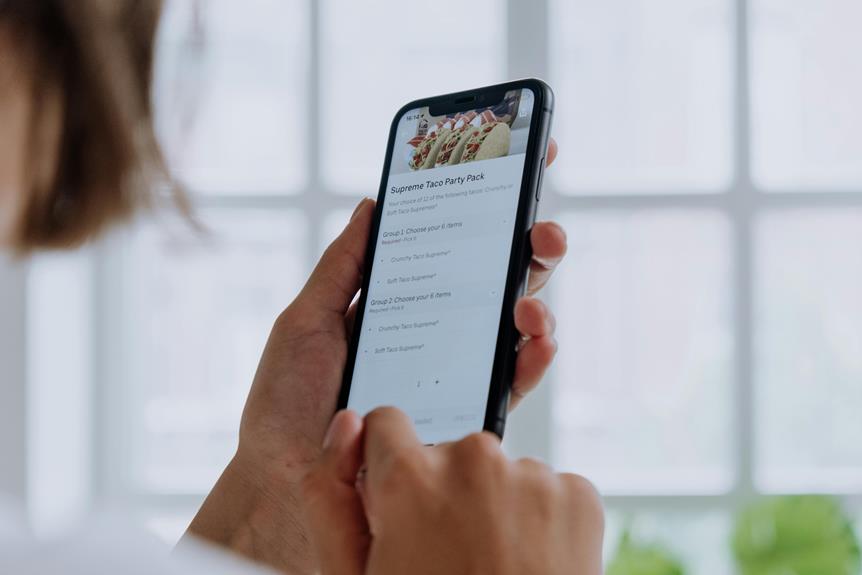
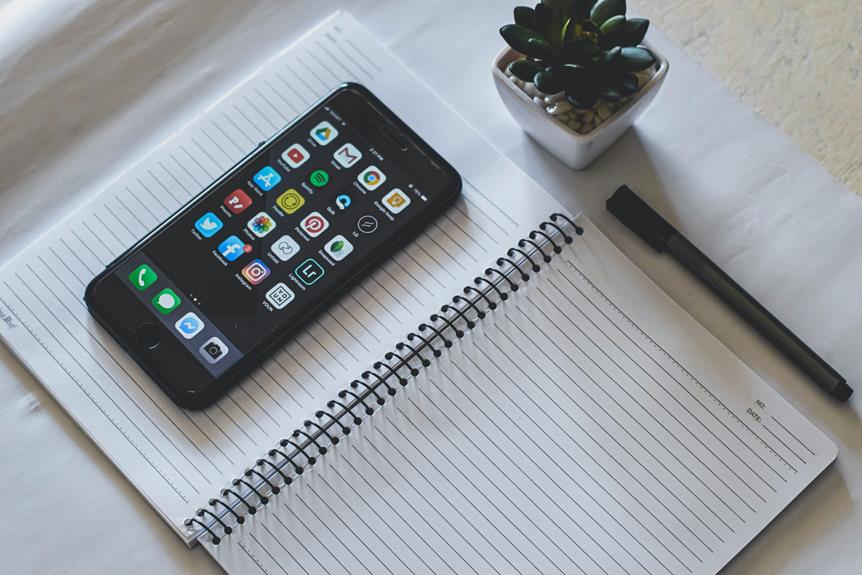
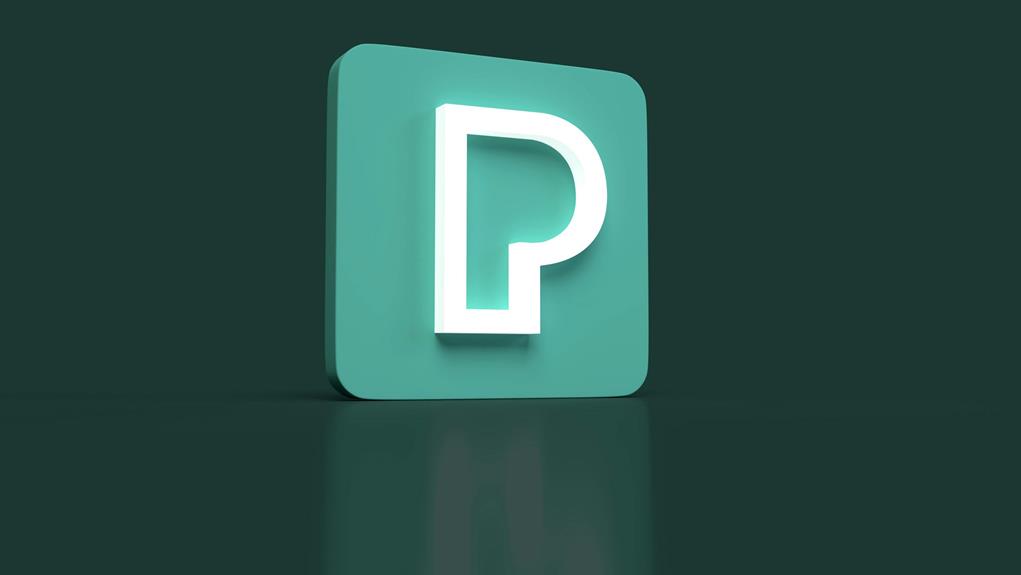
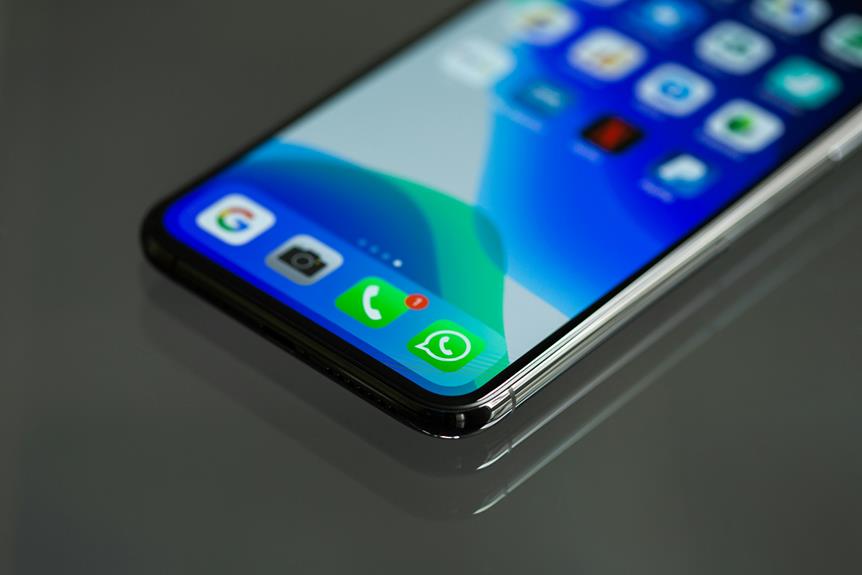


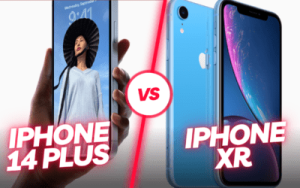
Post Comment